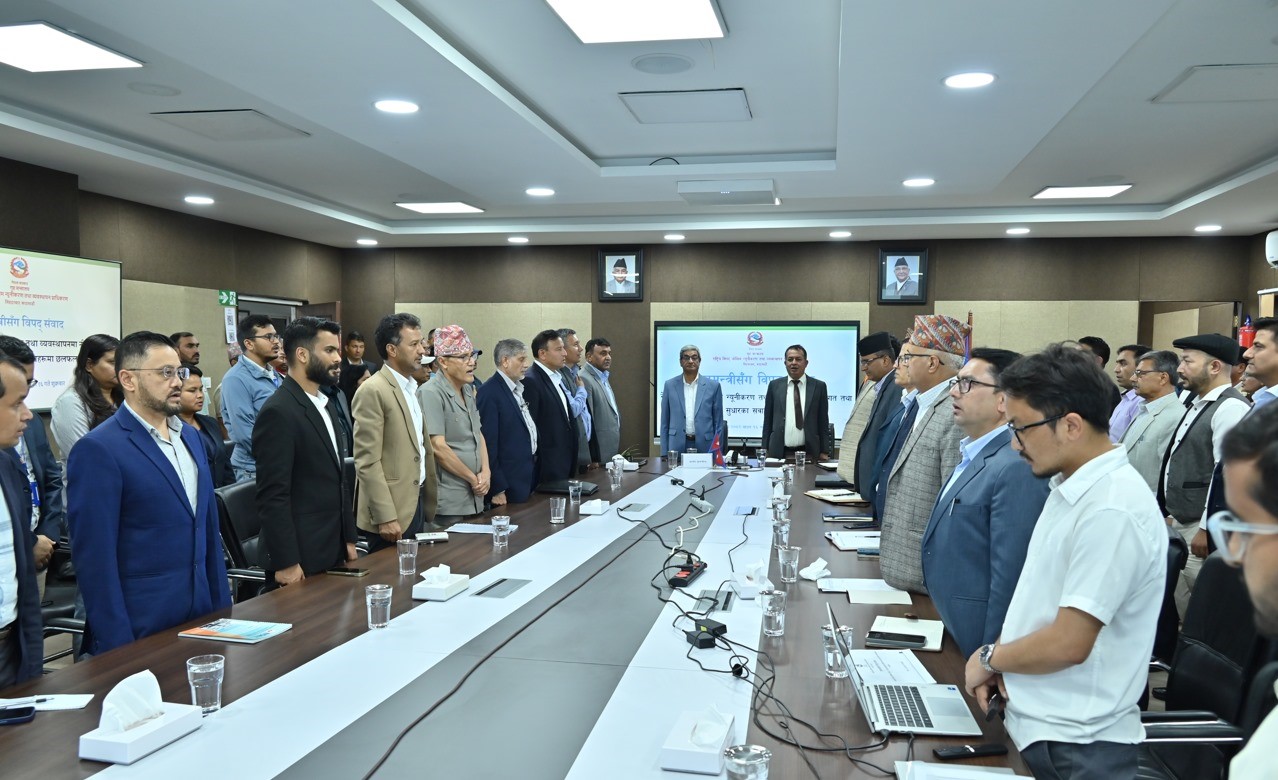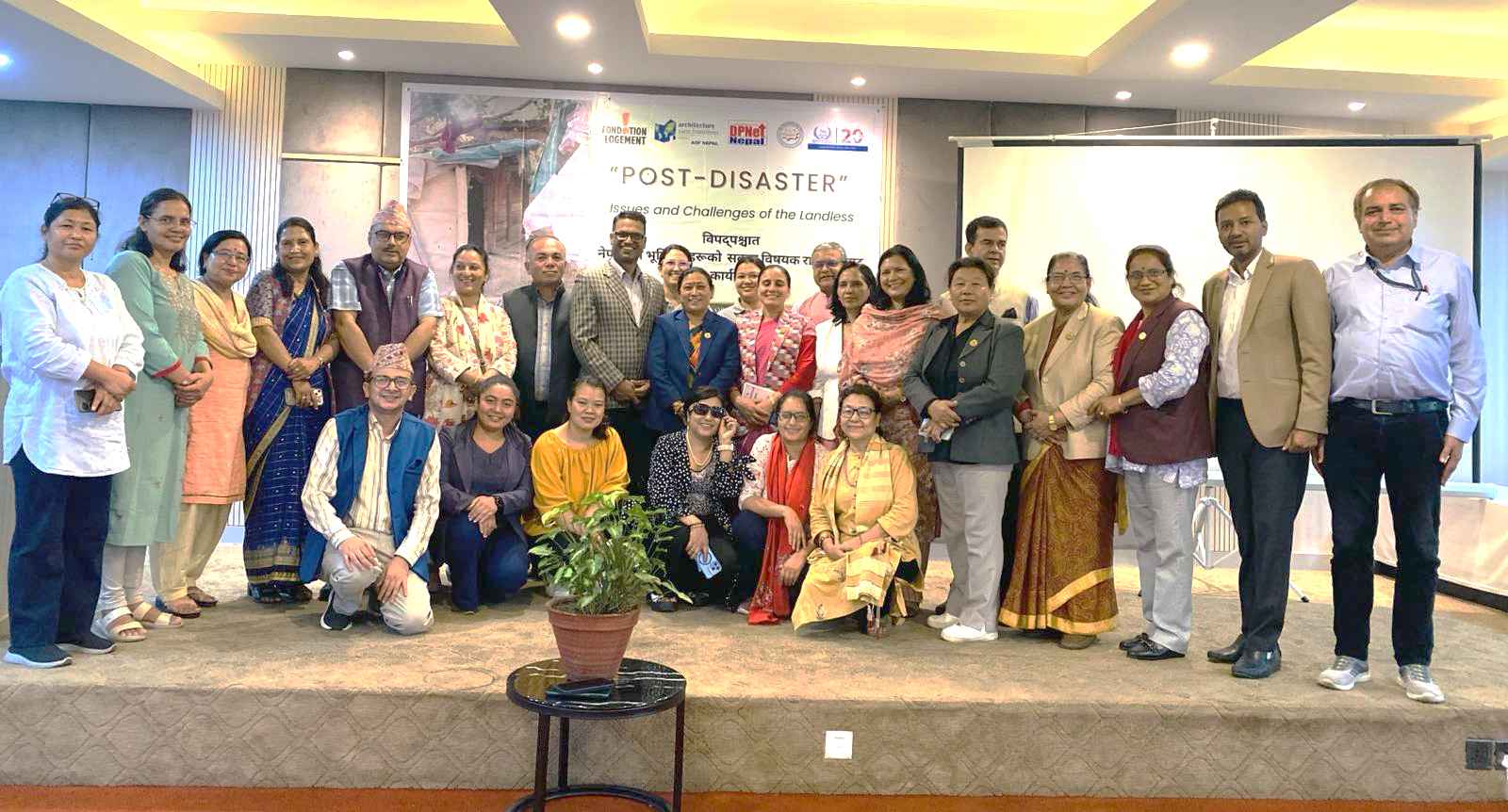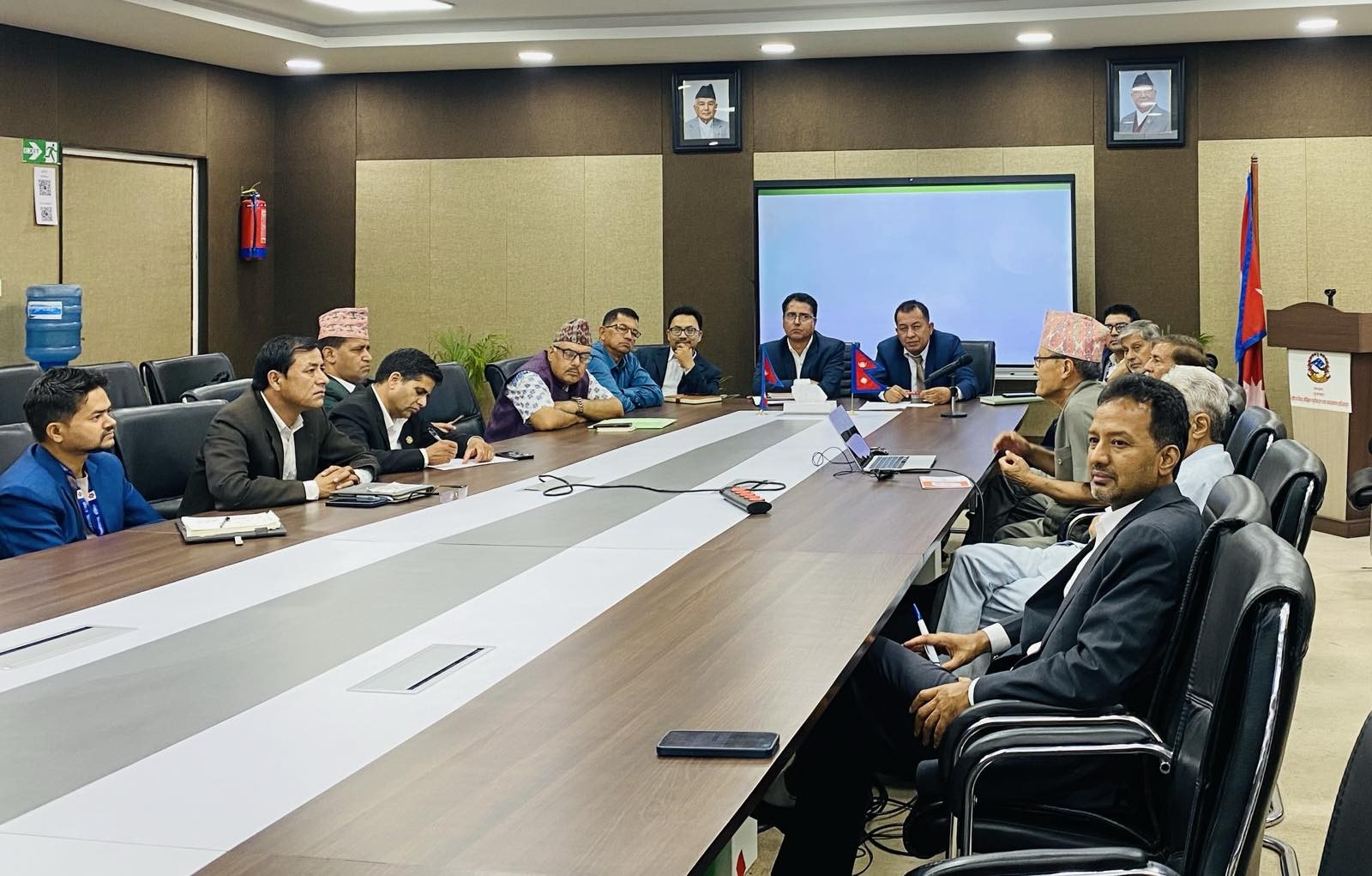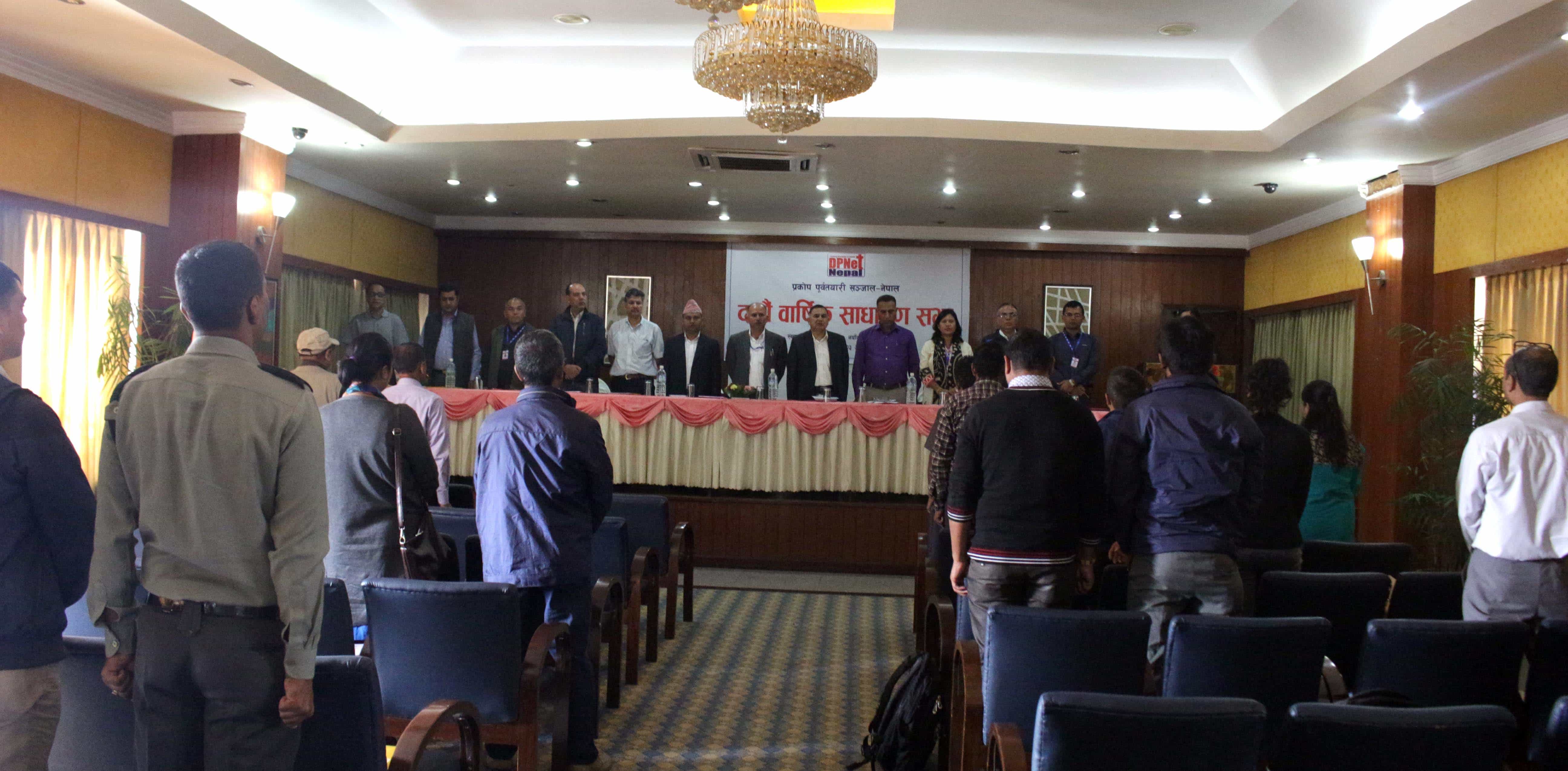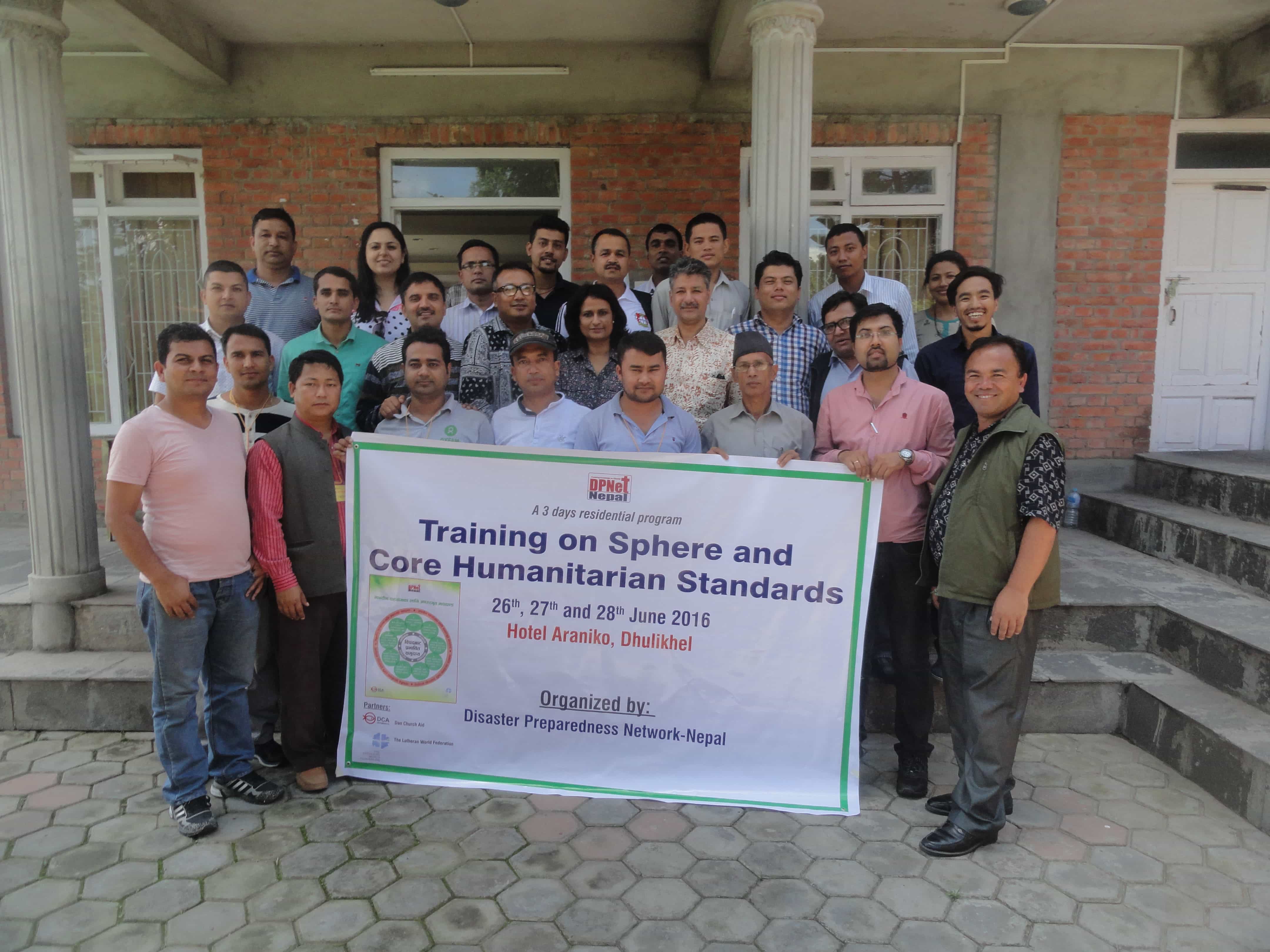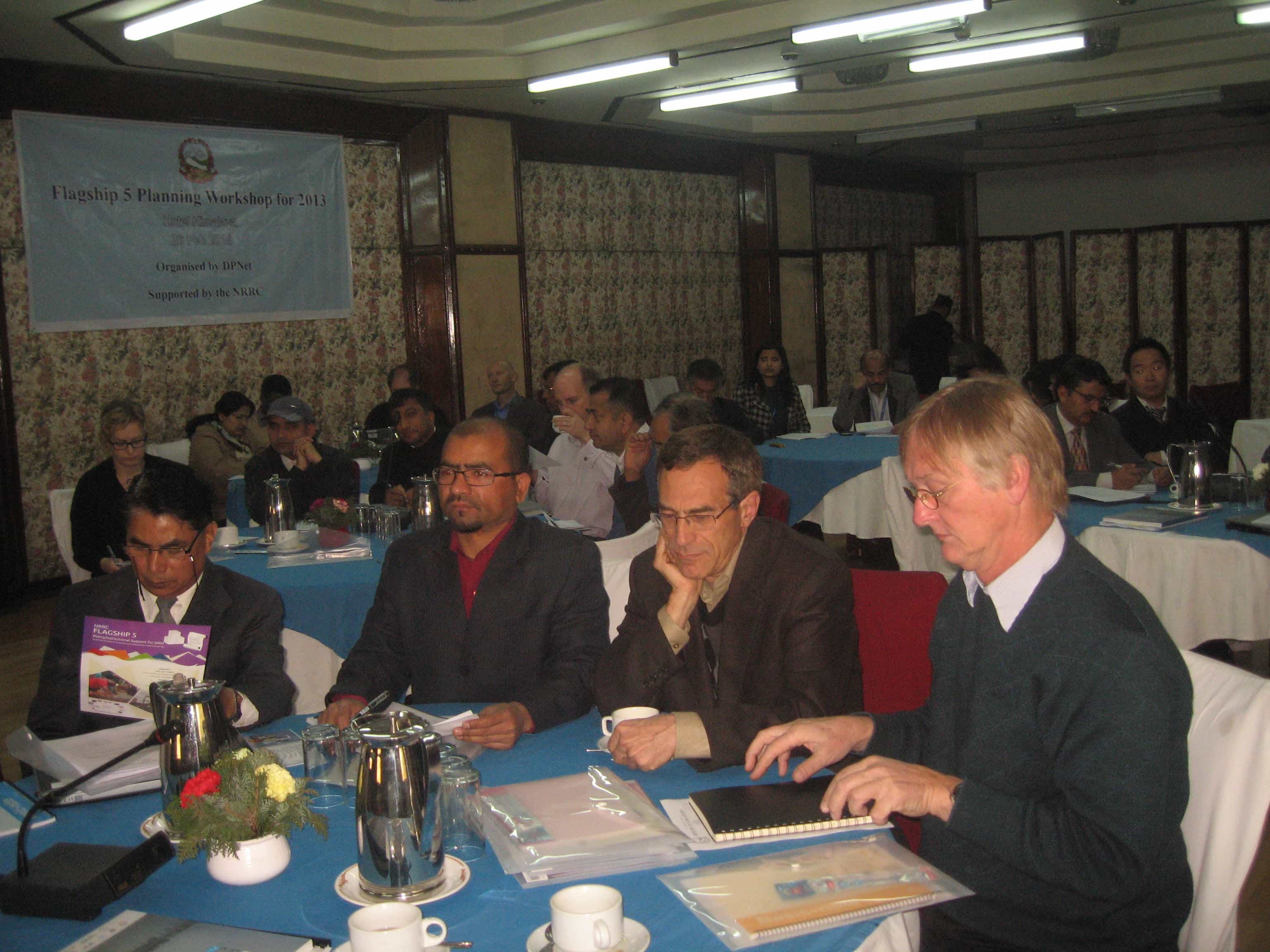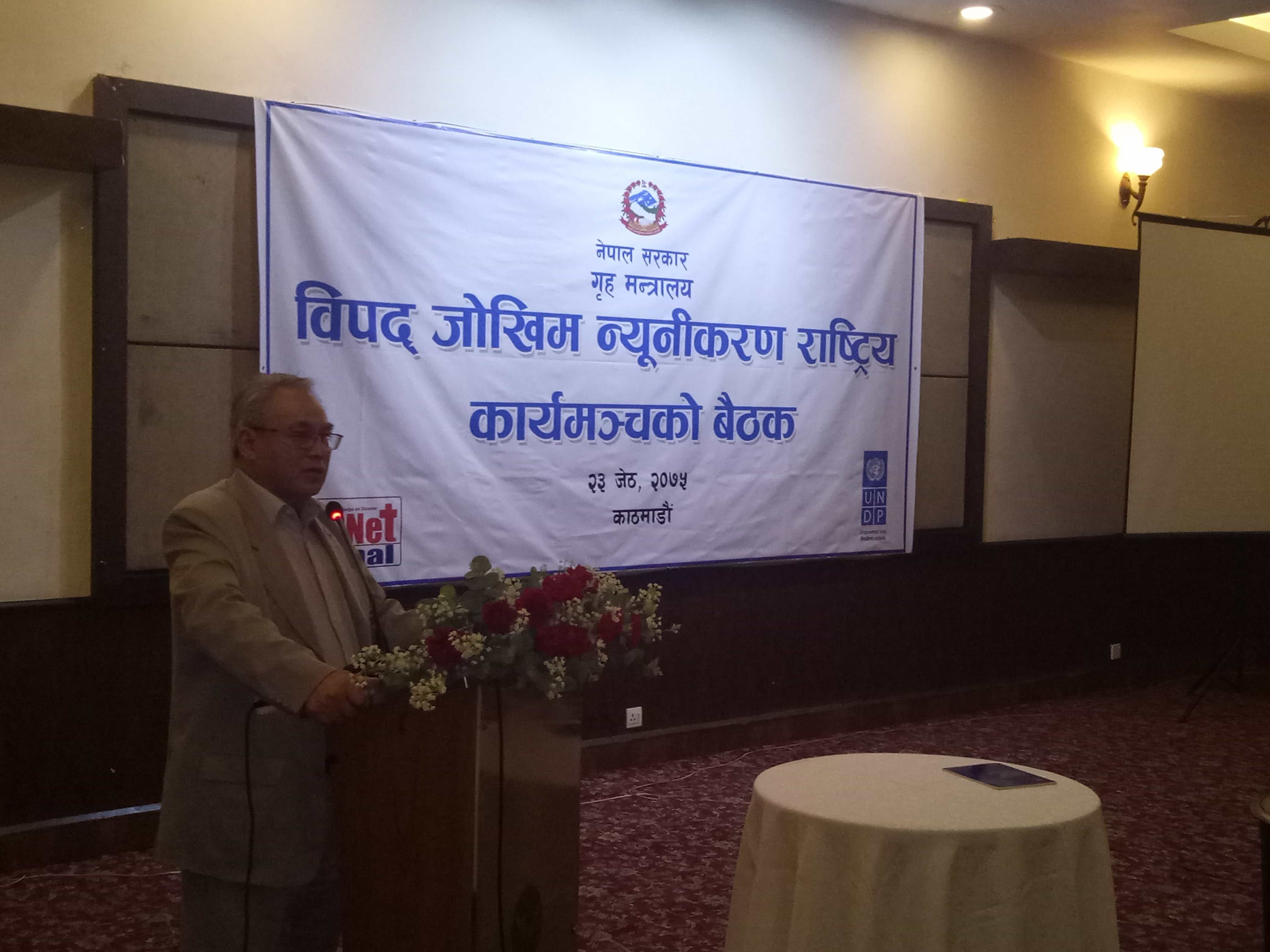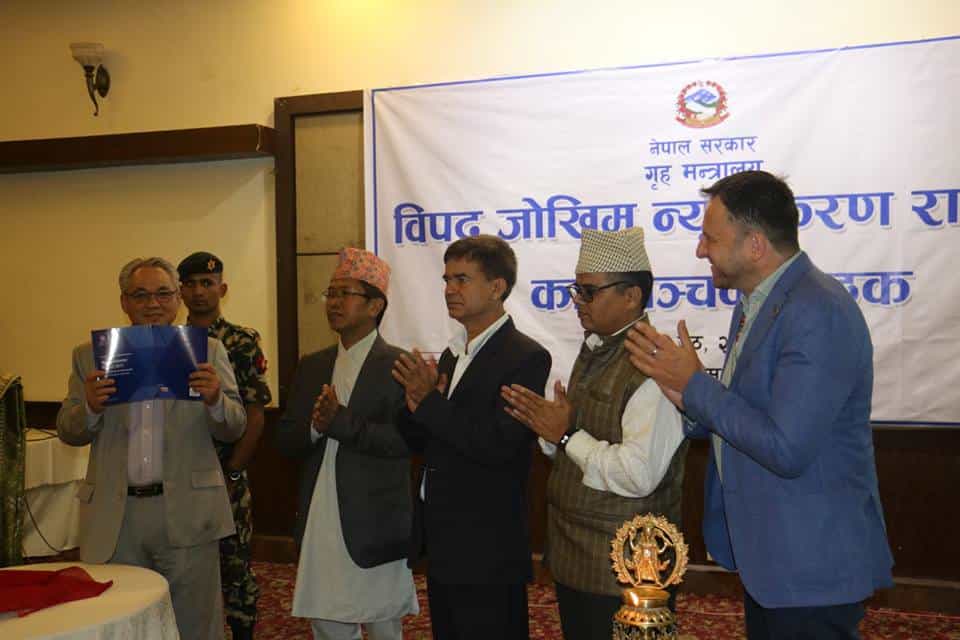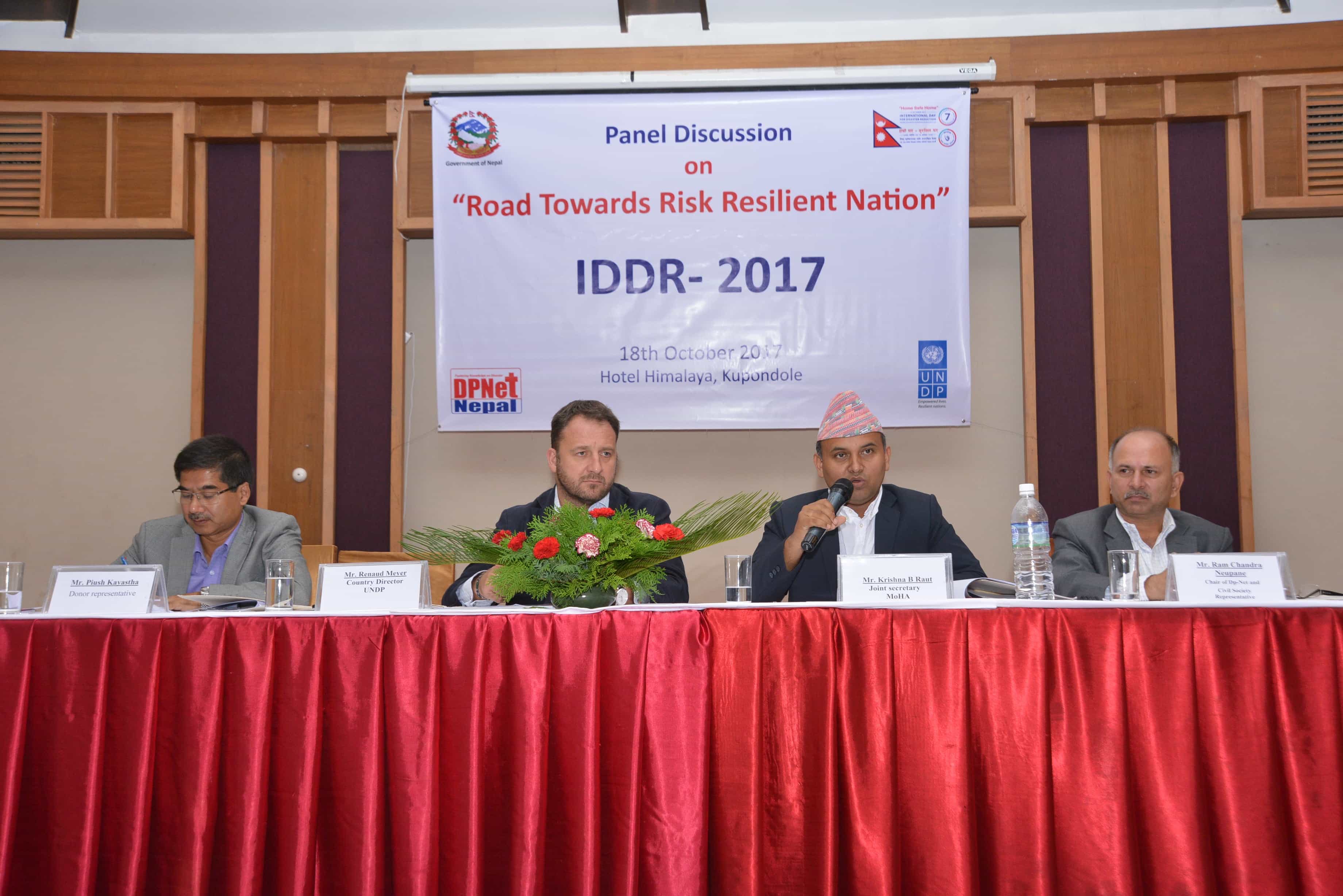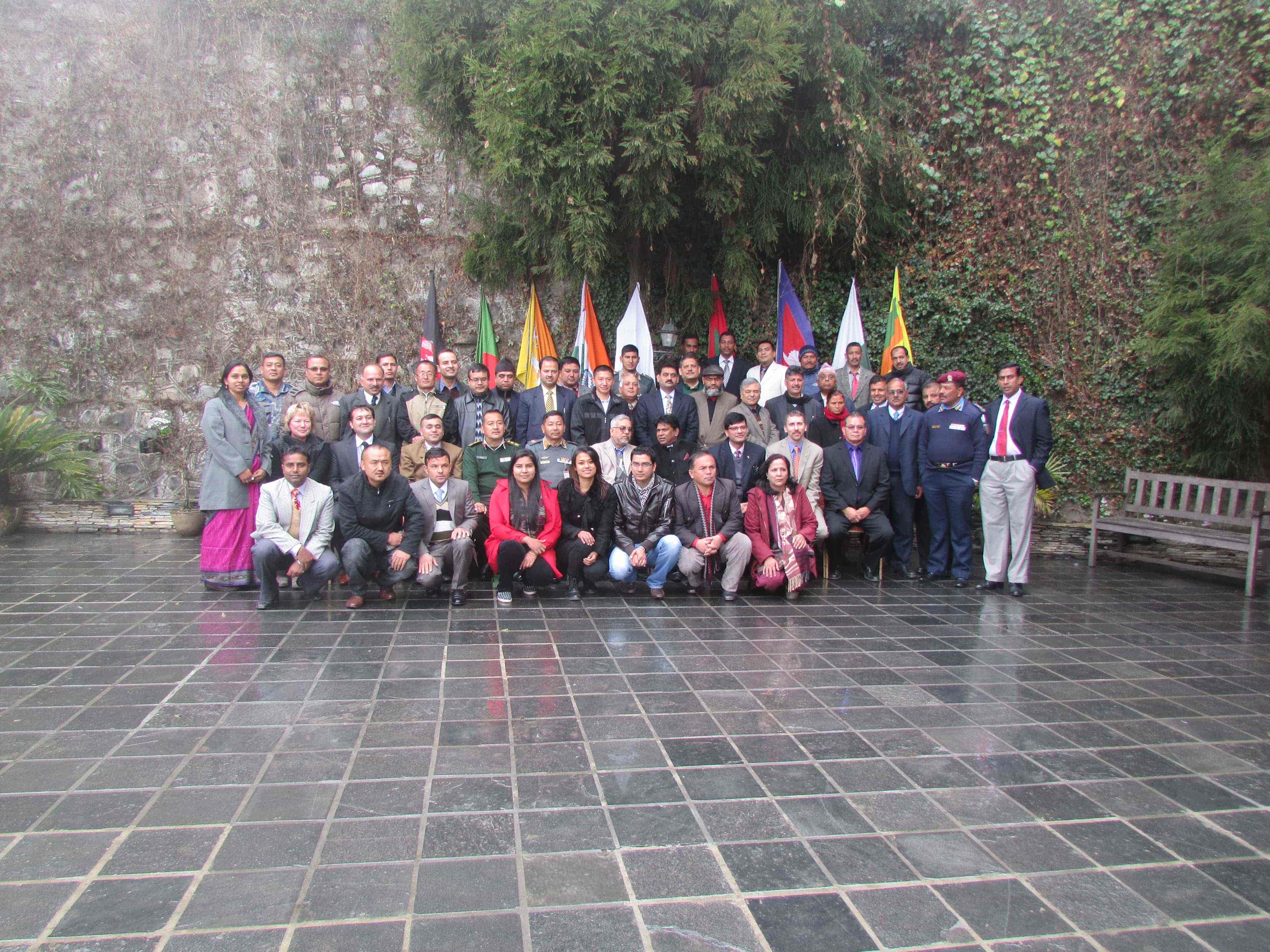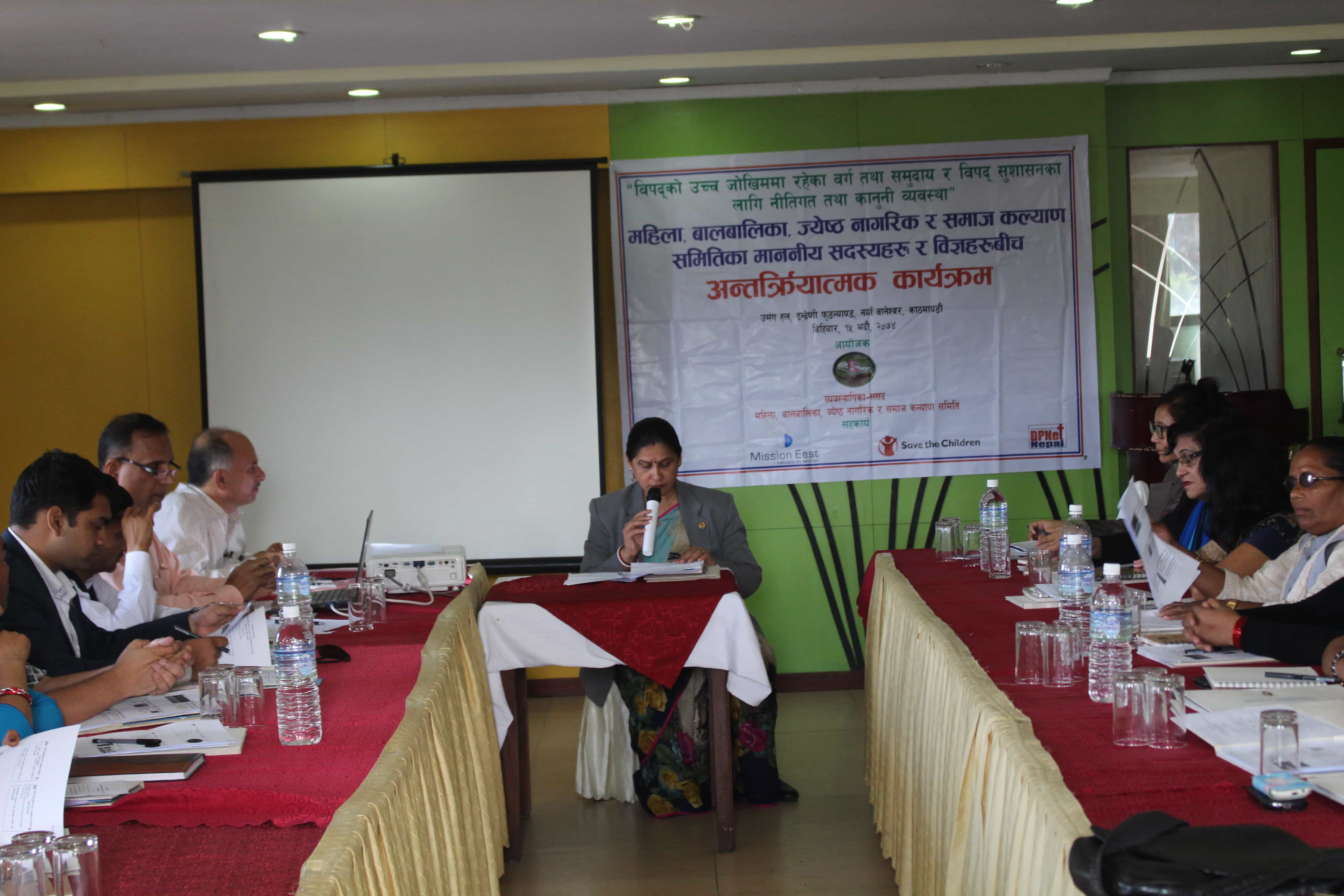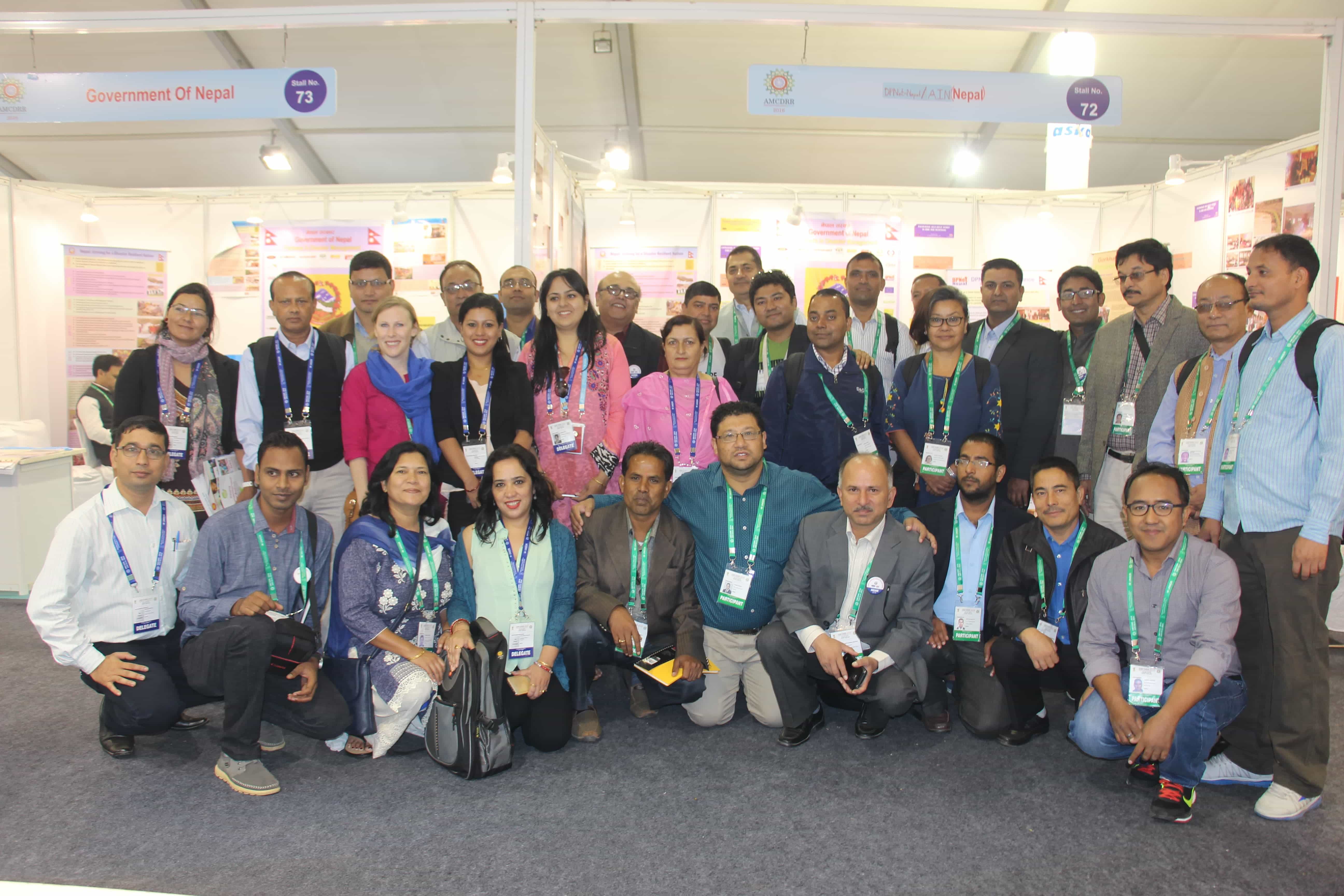Building Consensus for Standardized Relief Data Collection Form
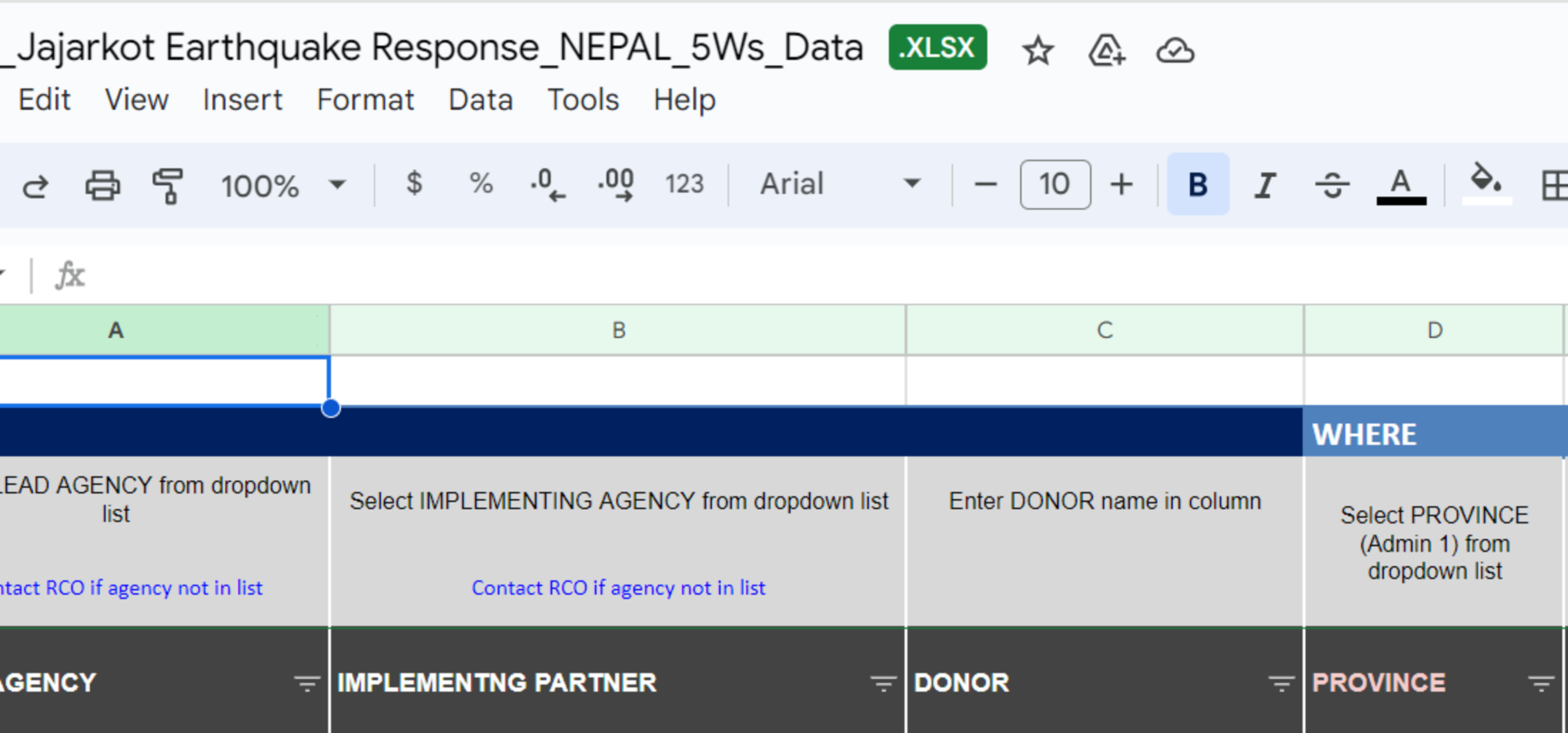
On December 12, DPNet conducted the discussion program to review the existing relief data collection form. The session was facilitated by Dr. Raju Thapa and coordinated by the former Secretary, Mr. Kedar Neupane. This gathering is an important step in our ongoing project to develop consensus among government stakeholders for forming and implementing a standardized method for gathering information about relief materials, in line with the 5W approach.
Mr. Kedar Neupane emphasized the urgent need to streamline the relief data collection process, particularly in response to the Jajarkot earthquake. He pointed out the current inefficiencies caused by the diverse forms used by different agencies, including the HEOC, AIN, MoIAL, DAO, and various local government entities. We aim to simplify this procedure, thereby minimizing redundancy and the time humanitarian workers spend completing these forms.
Mr. Suresh Sunar, Chief District Officer of Jajarkot District noted the challenges faced by the DAO in tracking the activities of different groups. Since November 27, humanitarian agencies have been asked to fill out a 4W form, and from today, we are actively updating our data and reaching out to organizations like CARITAS, IOM, UNDP and DPNet for updates. However, we often receive inquiries from government officials and humanitarian agencies in Kathmandu and other provinces regarding who is doing what, where, and when, along with the details of materials provided, existing gaps, and stock requirements. Unfortunately, due to the lack of centralized data, responding to these queries is difficult. The necessity for a unified form is important, as it would significantly reduce the time and effort spent by those engaged in humanitarian efforts on filling out multiple forms.
The Assistant CDO of Rukum West expressed similar concerns, highlighting the lack of a system to report on activities and needs. This unified form, if successfully implemented in our response to this earthquake, could serve as a model for future disaster responses.
Mr. Dhurba Bahadur Khadka, the Spokesperson of NDRRMA, also acknowledged the critical need for such a form. NDRRMA is considering this proposal and suggests that DPNet review the existing forms used by different agencies and develop a concise, informative, and user-friendly single form on Google Sheets. Following this, we can convene with relevant stakeholders to finalize the form, which NDRRMA plans to incorporate as an annex to the relief standard and enforce legally.
